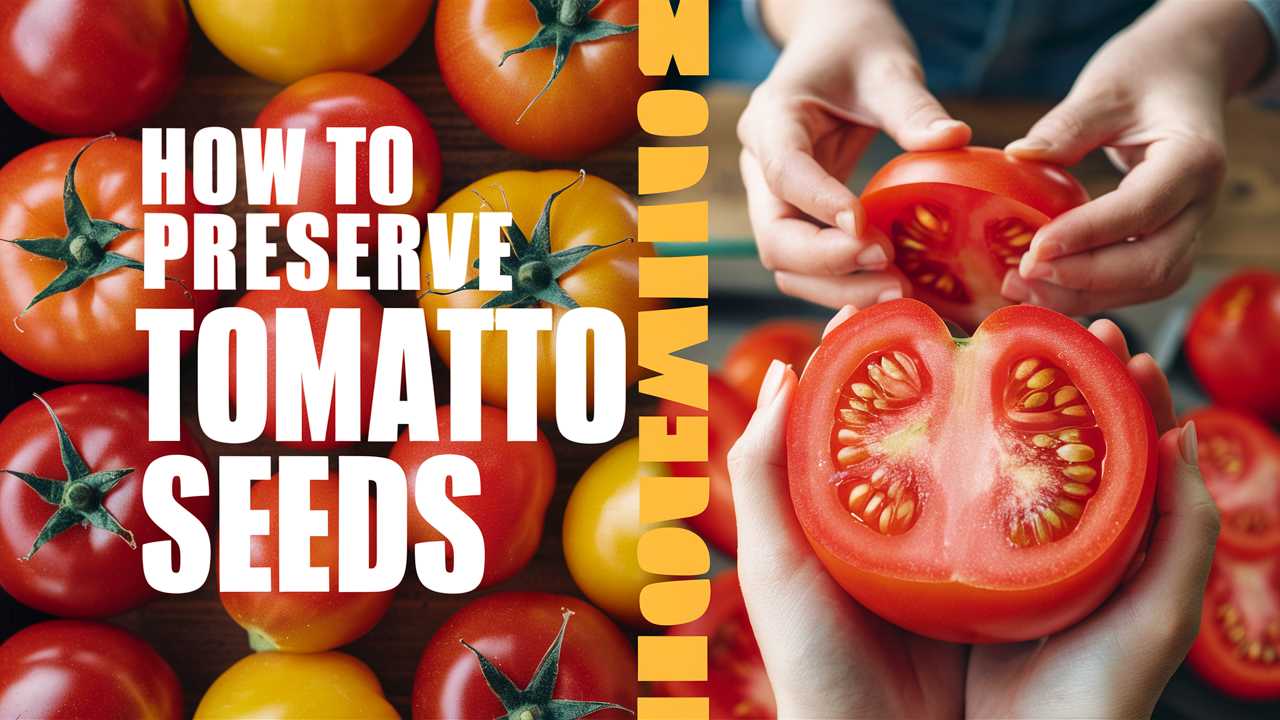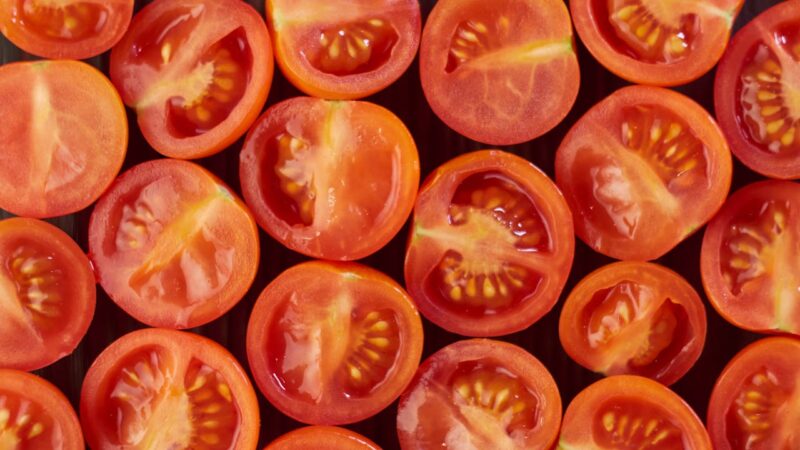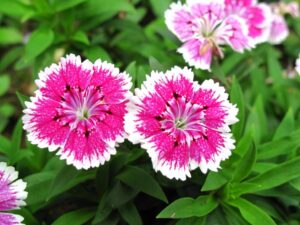The simple tomato is an iconic symbol of summer gardens and quintessential dishes across cuisines. A fruit so versatile can transform a basic salad into an unforgettable meal. Beyond its culinary appeal, tomatoes hold the potential for gardeners to create an ongoing legacy of flavor by preserving seeds.
This process connects us to nature, allowing each gardener to nurture their own history with plants from year to year. In this guide, we will explore the art of preserving tomato seeds, ensuring you can enjoy your favorite varieties for seasons to come.
Understanding the Importance of Seed Preservation
At its core, seed preservation is an ancestral practice that forms the backbone of horticulture. The ability to save seeds embodies sustainability, biodiversity, and personal connection to our food sources. When you preserve tomato seeds, you embrace a form of gardening that goes beyond the practicality of growing food; it’s a commitment to becoming one with nature.
Historically, many cultures have relied on seed preservation to maintain cherished varieties that may not thrive in commercial farming. By saving seeds, you actively participate in a time-honored tradition that fosters the resilience of diverse plant species. The fluctuation in climate and agricultural practices poses real threats to plant biodiversity, making home seed preservation an essential act of stewardship.
Selecting the Right Tomatoes for Seed Saving
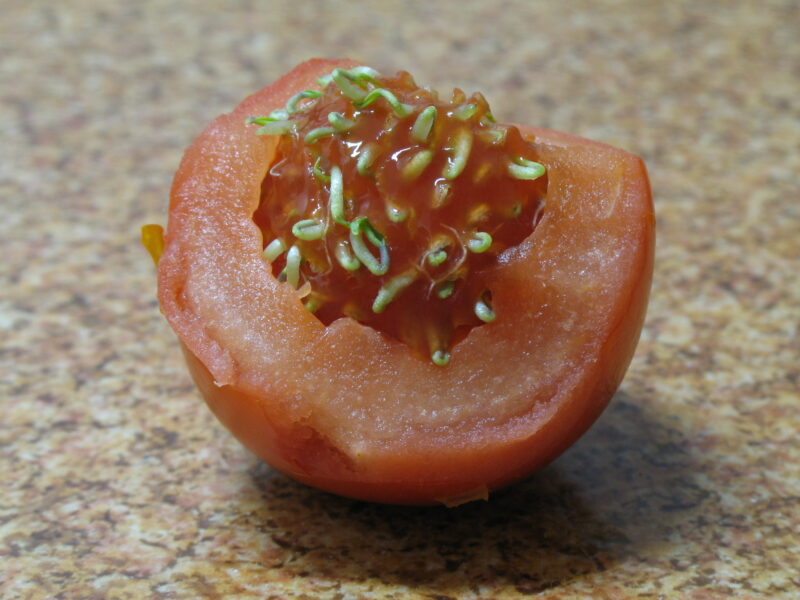
Not all tomatoes are created equal, especially when it comes to seed saving. The optimal candidates for preservation are open-pollinated or heirloom varieties. These types offer genetic stability, ensuring the plants you grow from the seeds will resemble their parent plants.
Imagine wandering through a vibrant farmer’s market and coming across a stall brimming with heirloom varieties, each boasting its unique color and flavor profile. The Brandywine, a pink heirloom, has become famous for its sweet and juicy flesh. Meanwhile, the Cherokee Purple captivates taste buds with its rich, smoky flavor. Choosing these varieties not only enriches your garden’s biodiversity but also preserves stories and flavors that have been passed through generations.
To start your selection, consider tomatoes that showcase desirable traits: taste, yield, and disease resistance. Perhaps you’ve cultivated a variety that thrives in your microclimate. Let those memories guide your choices as you pick the best performers to carry forward in seed form.
Timing Your Seed Harvest

Timing is everything. To preserve the seeds with the best chance of germination, you’ll need to wait until your tomatoes are fully ripe. Picking too soon can result in immature seeds that may lack the vigor needed for future growth.
As you walk through your garden, observe the tomatoes with pride, noticing their vibrant colors and plumpness. The ideal time for harvest is when your tomatoes have reached their peak ripeness, often displaying a rich hue and yielding slightly to pressure. Savor the anticipation of that first truly ripe tomato; it’s a moment to celebrate.
When you finally pick your tomatoes, it can feel like a harvest festival of sorts. And whether you have a single cherished variety or an array of colors, gather them with care. Use clean containers, gently cradling each fruit as you take them to your work area.
Extracting Tomato Seeds
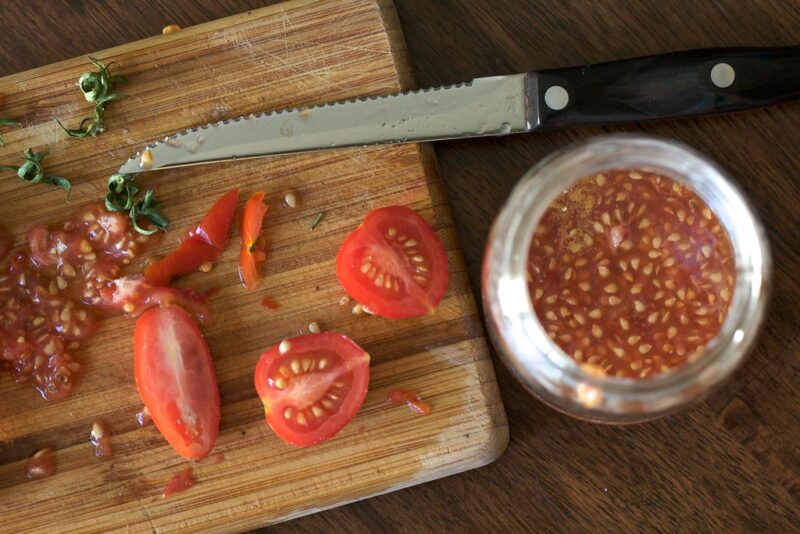
Now comes the satisfying process of extracting the seeds. Start by cutting the tomato in half and scooping out the seeds and gel into a bowl. You may notice that attitude towards messiness is essential here; embrace the gooey, juicy splatter of fresh tomatoes. This tactile experience connects you further to the earth and the lifecycle of your plants.
Some home gardeners prefer fermentation to enhance seed viability. If this approach appeals to you, place the seeds and gel in a container and cover it with a breathable cloth. Let the mixture sit at room temperature for a few days; you’ll notice bubbling as fermentation occurs. This process helps to break down the gel that surrounds the seeds, which can inhibit germination.
During this time, the scent of tomatoes fills your kitchen—a fragrant reminder of sun-soaked days. Be mindful, though. After the fermentation period, rinse the seeds thoroughly and separate them from any pulp.
Cleaning and Drying Seeds

With the seeds extracted, the next crucial step is cleaning. Rinse them gently under cool running water to remove any remaining gel or pulp. The ultimate goal is to ensure that your seeds are entirely clean before moving on to the drying phase. The clearer the seeds, the better their chances of staying viable during storage.
Once rinsed, spread the seeds out on a clean, lint-free cloth or paper towel in a single layer. Ensure they aren’t touching each other; this helps them dry evenly and prevents mold growth. Set them in a cool, dry place, away from direct sunlight. Patience is key; allow them to dry for at least a week or until they are completely moisture-free. This drying phase can feel like a delightful meditation on the promise of future gardening adventures.
Properly Storing Seeds
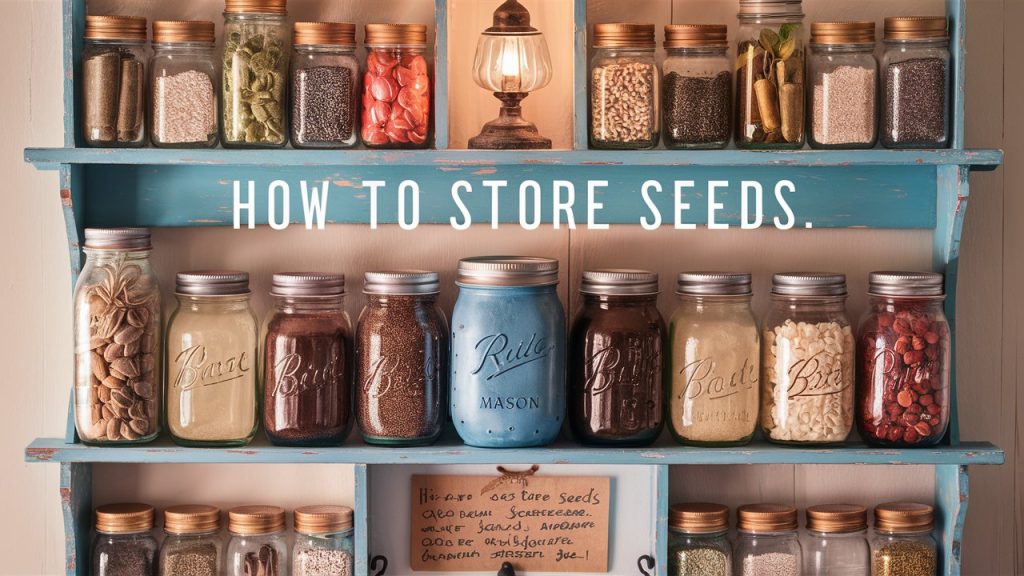
Now that your seeds are clean and dried, it’s time to focus on proper storage methods. The right environment can significantly increase the longevity of your preserved seeds. Choose airtight containers, such as glass jars or vacuum-sealed bags, to guard against moisture, pests, and light.
Include labels in these containers, clearly noting the variety, date of harvest, and any specific traits you noted about the plants. This is a simple yet effective way to track your garden’s progress throughout the seasons.
Store your containers in a cool, dark place—an unheated basement, refrigerator, or a dedicated seed-saving box will work wonders. The goal is to create a stable environment that minimizes temperature fluctuations. You may even find yourself reminiscing about the seasons as you sort through your unique collection of saved seeds.
Tips for Germination and Planting Seeds

So, you’ve your seeds neatly stored and labeled, waiting for their time to shine. As planting season approaches, the anticipation builds. When it’s time to germinate, take note of the specific needs of the varieties you’ve saved. Some tomatoes may thrive better when started indoors, while others can be directly sown into the soil.
Consider using seed trays or small biodegradable pots if you prefer starting indoors. Fill them with high-quality seed-starting mix, and gently place two to three seeds in each container. Cover them lightly with soil, remembering that tomatoes enjoy warmth. Keeping the soil consistently moist yet not waterlogged is critical.
As you watch those little sprouts reach for the sunlight, there’s an unparalleled joy in nurturing the seedlings you’ve preserved yourself. It’s a reminder of the life cycles at play, an intimate connection to both the tomato plants and the seasons.
Overcoming Challenges
While preserving tomato seeds can be a rewarding experience, there are challenges to navigate along the way. Pests and diseases often emerge as formidable opponents in the gardening realm. Taking proactive measures to avoid these issues is essential to success.
Consider employing natural pest deterrents, such as companion planting. For example, marigolds can help keep pests at bay while attracting beneficial pollinators. Cultivating a healthy ecosystem in your garden ensures a thriving environment for your tomatoes and other plants.
Additionally, remain vigilant about plant health throughout the growing season. Keeping a keen eye on your tomato plants can help you catch any issues early on. Should a plant succumb to disease, practice proper disposal to prevent contamination among your healthy plants.
The Joy of Sharing and Community
Seed preservation isn’t just about your own efforts—it can also foster a sense of community. Engaging with fellow gardeners, whether through exchanges at local farmer’s markets or community seed swaps, enriches your gardening experience.
Imagine the enthusiasm during a seed swap event: tables filled with colorful packets, each containing the story of a garden and a family tradition. Sharing seeds not only allows you to diversify your garden but also strengthens community bonds and promotes biodiversity.
Participating in organizations that focus on preserving heirloom seeds can also broaden your knowledge and support local ecosystems. Each engagement offers opportunities for learning and for fostering relationships with like-minded individuals who share your gardening passion.
Embracing the Legacy of Seed Saving
As you cultivate your gardens year after year, reflecting on the seeds you’ve saved, understand that you’re preserving not just varieties but legacies. Each seed holds the promise of the flavors you’ve grown to love and the memories associated with them.
Imagine your future self, perhaps in a lush garden surrounded by rich tomato plants, each one rooted in stories of the past. By saving seeds, you’re participating in the continuous story of cultivation—an unbroken cycle of growth, harvest, and renewal.
Conclusion
Preserving tomato seeds is more than a practical gardening task; it’s a profound connection to heritage, sustainability, and the rhythm of the seasons. Each step in the process—from selecting the right tomatoes to extracting, cleaning, storing, and eventually planting seeds—offers opportunities for joy, community, and self-discovery.


